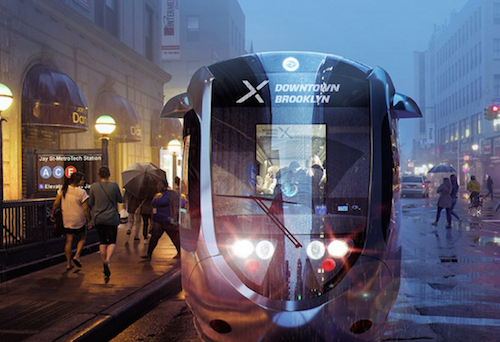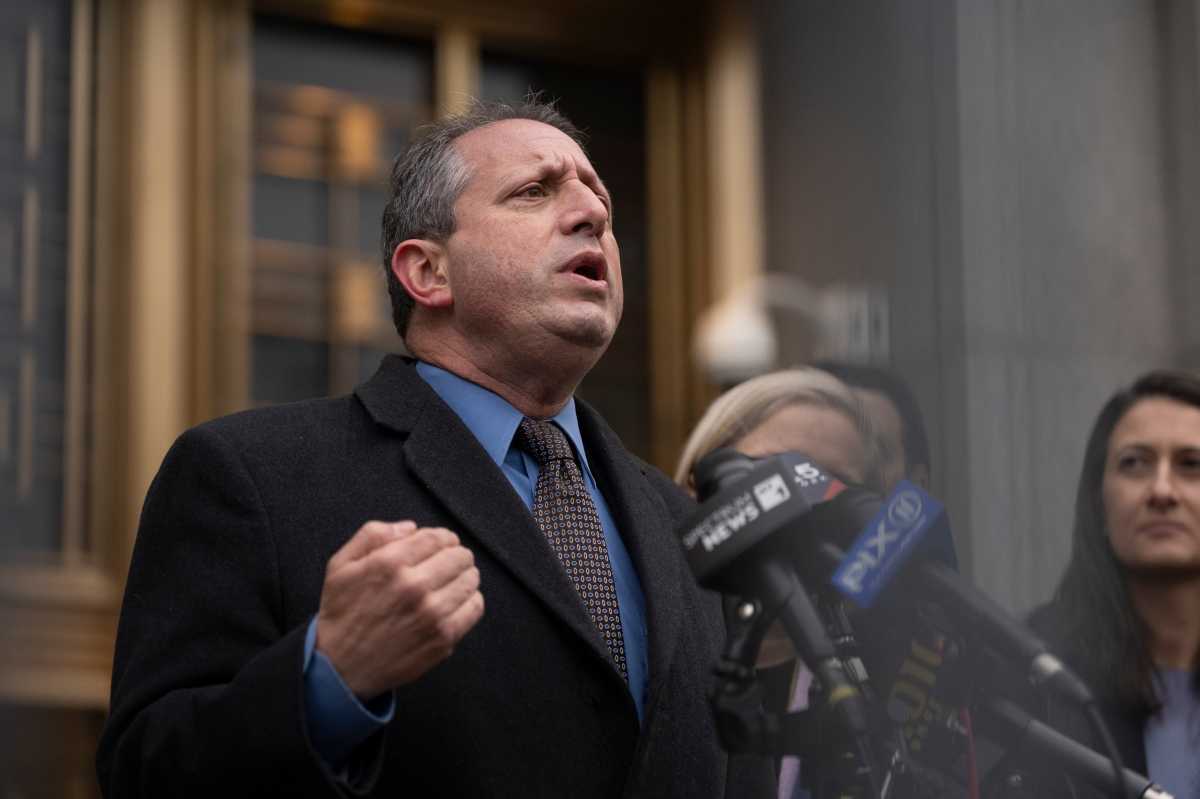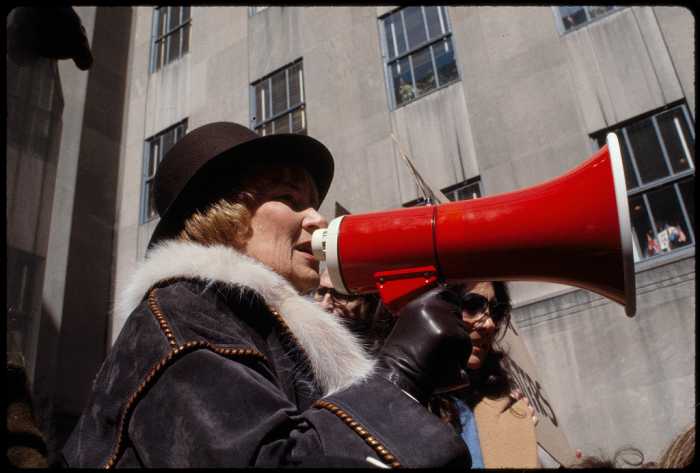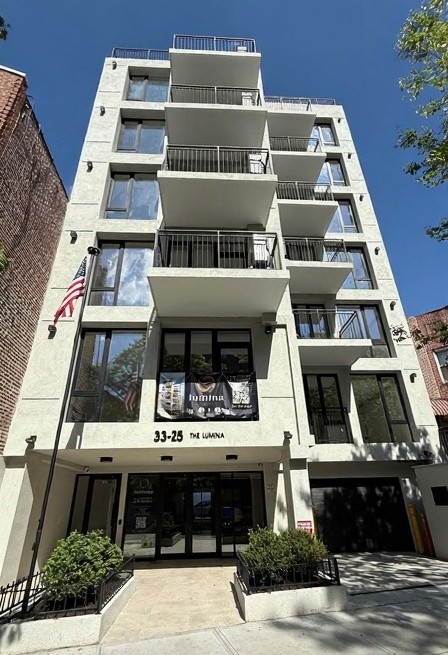This weekend, Governor Cuomo will unveil his proposed budget which is expected to include a $65 million cut to the state’s MTA budget. Coupled with the $2.4 billion cut to the Department of Transportation proposed by the current administration, it’s becoming increasingly apparent that neither Albany nor Washington is prioritizing the preparation or preservation of New York City’s transit for the next century.
That’s why I’m proud to sit on the board of the Brooklyn Queens Connector, or BQX, a sixteen-mile streetcar introduced last year by Mayor de Blasio that can move forward without being bogged down by partisan politics outside New York City. Spanning the Brooklyn-Queens waterfront between Sunset Park and Astoria, this proposed line doesn’t rely on funding from the state or federal government and instead will be paid for with increased tax revenue from businesses along the route.
Even better, because the project funds itself, it will complement and not compete with other important MTA projects. It’s exactly the kind of innovative approach to providing new transit options that we need in the face of increasingly limited outside funds.
It’s no surprise that an innovative approach to funding new projects would emerge along the Brooklyn-Queens waterfront — increasingly, tech companies are bypassing Manhattan offices in favor of the “tech triangle” between Downtown Brooklyn, Dumbo and the Brooklyn Navy Yard. The BQX will benefit these vibrant companies by linking them to one another without requiring an unnecessary trip through Manhattan. Additionally, the BQX will make it easier from these companies to attract employees from all over the city who have so far been reluctant to commute to these neighborhoods due to scant transit options.
The BQX won’t just help the city’s tech companies, but will also provide much-needed transit options to the 40,000 NYCHA residents who live along the route, connecting them to 30 bus routes and 15 subway lines. It will reduce commute times — one of the best predictors of a family’s ability to move up the income ladder — by as much as two-thirds. This will ensure that the increased economic opportunities along the route are shared equitably, not just reserved for those who can afford ridesharing services or the cost of parking and maintaining a car in New York City.
And because the streetcar will run on grates embedded in the street, it can withstand floods and hurricanes — a feature that, as the looming L-train shutdown makes clear, our underground subway system just can’t match. The BQX is not a bandaid. It makes our current transit grid more resilient.
Other proposed solutions, like increased bus service and ridesharing, simply can’t keep up with the growing waterfront population, which is projected to pass one million residents by 2040. That translates to an estimated 50,000 riders a day — more than any bus service in the city can handle.
A year ago, I joined Brooklyn Law School’s Center for Urban Business Entrepreneurship, where I’ve been privileged to have a front-row seat to the flourishing Brooklyn business community. I’ve seen firsthand how necessary it is that we invest in a transit solution that will contribute to the community’s long-term success, ensure the benefits of growth are shared widely and allow the city to take back financial control of its transit needs.










